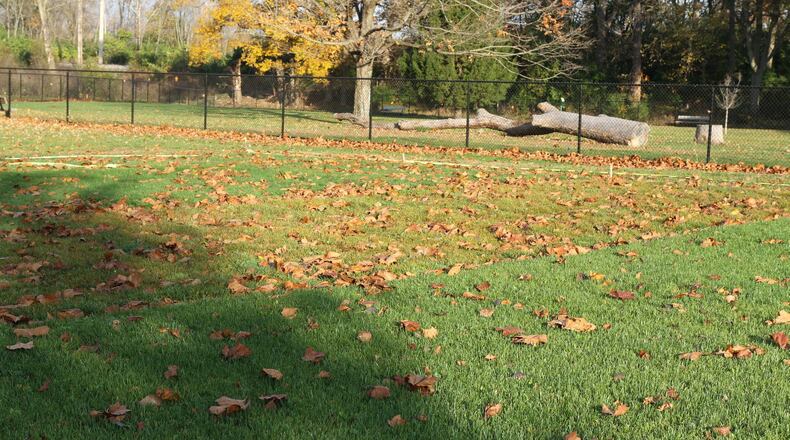The orange tennis shoes are a result of a disease known as rust on the leaves of your turfgrass.
The orange spores come from the yellowish-orange pustules that are on the leaf blades and rub off onto your shoes, dogs and anything else that comes in contact.
Rust tends to affect Kentucky bluegrass and perennial ryegrass species of turf. It is considered more of a cosmetic disease as it normally doesn’t wipe out a stand of turf.
It may be a problem on newly-seeded spring lawns that go into a dry summer but this is a unique situation.
Rust tends to be more active in late summer and early fall, which is why we are seeing it now. We have had perfect weather conditions for rust to occur in lawns.
If you are looking at the affected lawn from a distance, you will notice that the rust-affected areas are a yellowish-green color. Upon closer inspection of the leaf surface, you will either find the rust pustules or brown spots where the rust pustules were.
This disease tends to affect slow-growing turf or poorly nourished turf. Some of the factors that lead to rust are unfertilized turf, summer heat and drought stress, compaction and shade.
Rust is more likely to occur when temperatures are between 50 and 60F with a long period of dew on the turfgrass. We have had these perfect conditions.
I have rust in my lawn but only on the areas of my leach bed. The entire lawn is a mix of Kentucky bluegrass varieties but the area of the leach bed is much drier than the rest of the lawn.
In addition, if you think about this past summer and the drought, it was stressed even further.
I often mention the disease triangle in which you need a host plant (the turfgrass mentioned above), a pathogen (the fungus that causes rust) and the right environmental conditions.
In my lawn, I have all three but only in the strips where the leach bed is located. The rest of the lawn is still nice and green and unaffected.
This is a great example of how the disease triangle comes into play. The only part of my lawn that is affected but rust is the area that is severely stressed.
There is really not much to worry about with rust on lawns, except for your shoes! Fertilize at the appropriate times and avoid severe stresses in the summer. Maintaining a healthy stand of turfgrass is the best control option.
If you have rust each year in the spring and fall, you may want to look for a turfgrass variety that is resistant to rust and overseed your lawn with this over a period of a few years.
About the Author
